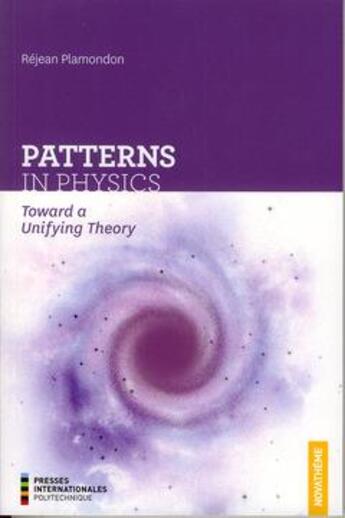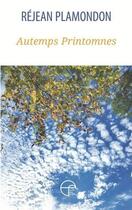Résumé:
Why are there four basic forces of Nature and where do they come from? Why does any massive body in the Universe experience an intrinsic rotation? What is the link between the speed of light and the gravitational, Boltzmann and Planck constants? What are the relationships between electron mass,... Voir plus
Why are there four basic forces of Nature and where do they come from? Why does any massive body in the Universe experience an intrinsic rotation? What is the link between the speed of light and the gravitational, Boltzmann and Planck constants? What are the relationships between electron mass, the Avogadro number, vacuum permittivity, and the masses of the Sun and the Earth? Are dark matter and dark energy necessary to explain the observable Universe? Can the lepton family be reduced to two members? These are just a few of the many questions that this scientific work addresses and to which it provides potential answers. When various pattern analysis methods are applied to study the Universe, this leads to considering the four interactive forces of Nature as emerging blueprints, and the fundamental constants as numerical primitives. Starting from two basic premises, the principles of interdependence and of asymptotic congruence, and using a statistical pattern recognition paradigm based on Bayes' law and the central limit theorem, Einstein's global field equation is generalized to incorporate a probabilistic factor that better reflects the interconnected role of space-time curvature and matter-energy density, providing a novel starting point to redirect our long-term quest for the unification of physics. This book aims to lay out the groundwork from which a theory for bridging the gap between quantum mechanics and general relativity could be built. It should excite the curiosity of many scientists interested in the search for new patterns that could lead to the unification of physics, more specifically graduate and undergraduate students, postgraduates, researchers, engineers and academics working in the area of fundamental and theoretical physics, quantum mechanics, general relativity, astrophysics and cosmology.
Donner votre avis















